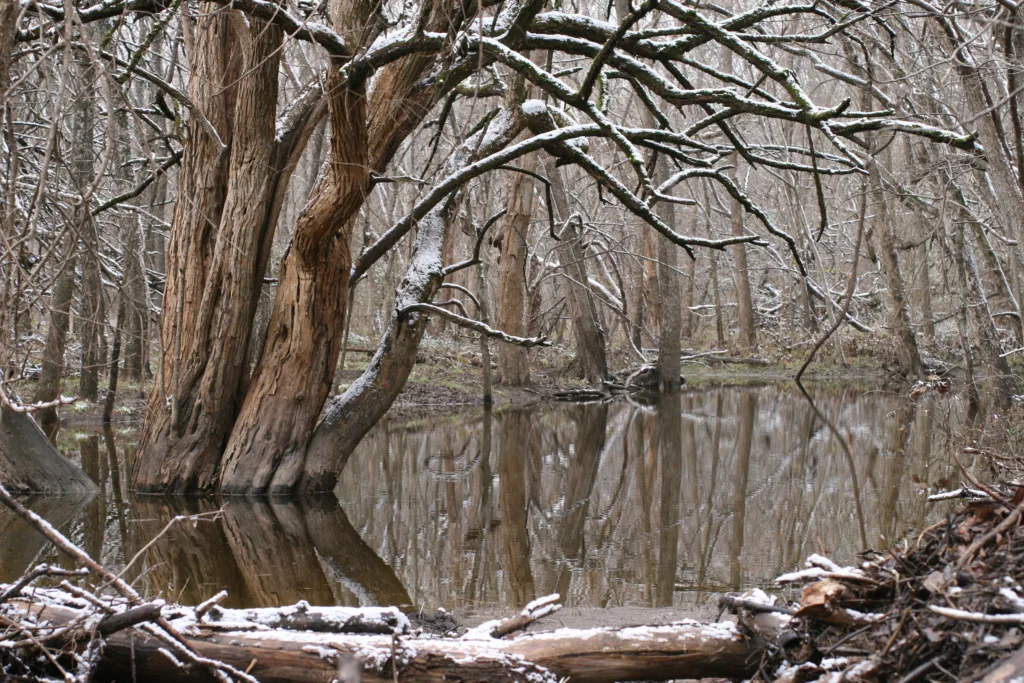May 20, 2023 @ 9:00 am – 12:00 pm
NPSOT is seeking volunteers to help during the next Monarch Waystation workday at the Hill County I-35 Rest Area on May 20 (date subject to change). The work begins at 9:00 am on the southbound side, but volunteers are free to come and go as their schedule allows.
Volunteers will pick up trash, weed, and trim the Monarch Waystation beds as needed. The leaders of the workday recommend that you bring the following if you have them (trash bags and some extra tools will be provided):
-
- Gloves
- Knee pad, kneeling pad, or towel to kneel on
- Weeding tool / Trowel
- Pruners
- Shovel / Rake
- Broom
- 5-gallon bucket
The Hill County Southbound Rest Area is located at Exit 362A on Interstate I-35 (about 5 miles south of Hillsboro, midway between Dallas/Ft Worth and Waco). Sign-up deadline for the upcoming workday is February 17. Volunteers that accumulate sufficient hours receive a short or long sleeve Monarch T-shirt.
If you would like more information, please visit the I-35 Monarch Rest Area site, and if you want to participate or have questions, please send a note to kay.jenkins@npsot.org.
Details
- Date:
- May 20, 2023
- Time:
-
9:00 am – 12:00 pm
- Event Tags:
- Collin County Calendar
Organizer
Related Events
-
Collin County February Meeting – Gardening for Birds with Native Plants
February 4, 2025 @ 6:30 pm – 8:30 pm -
Collin County March Meeting – Bottomland Hardwood Forests of North Texas
March 4, 2025 @ 6:30 pm – 8:30 pm






